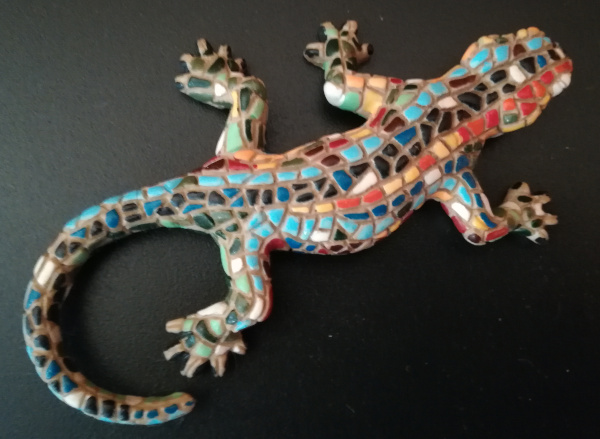Si trova su / Altri legami
© 1981–2012 IEEE.The skeleton, or medial axis, is an important attribute of 2–D shapes. The disk B–spline curve (DBSC) is a skeleton–based parametric freeform 2–D region representation, which is defined in the B–spline form. The DBSC describes not only a 2–D region, which is suitable for describing heterogeneous materials in the region, but also the center curve (skeleton) of the region explicitly, which is suitable for animation, simulation, and recognition. In addition to being useful for error estimation of the B–spline curve, the DBSC can be used in designing and animating freeform 2–D regions. Despite increasing DBSC applications, its theory and fundamentals have not been thoroughly investigated. In this article, we discuss several fundamental properties and algorithms, such as the de Boor algorithm for DBSCs. We first derive the explicit evaluation and derivatives formulas at arbitrary points of a 2–D region (interior and boundary) represented by a DBSC and then provide heterogeneous object representation. We also introduce modeling and interactive heterogeneous object design methods for a DBSC, which consolidates DBSC theory and supports its further applications.


